Loading...
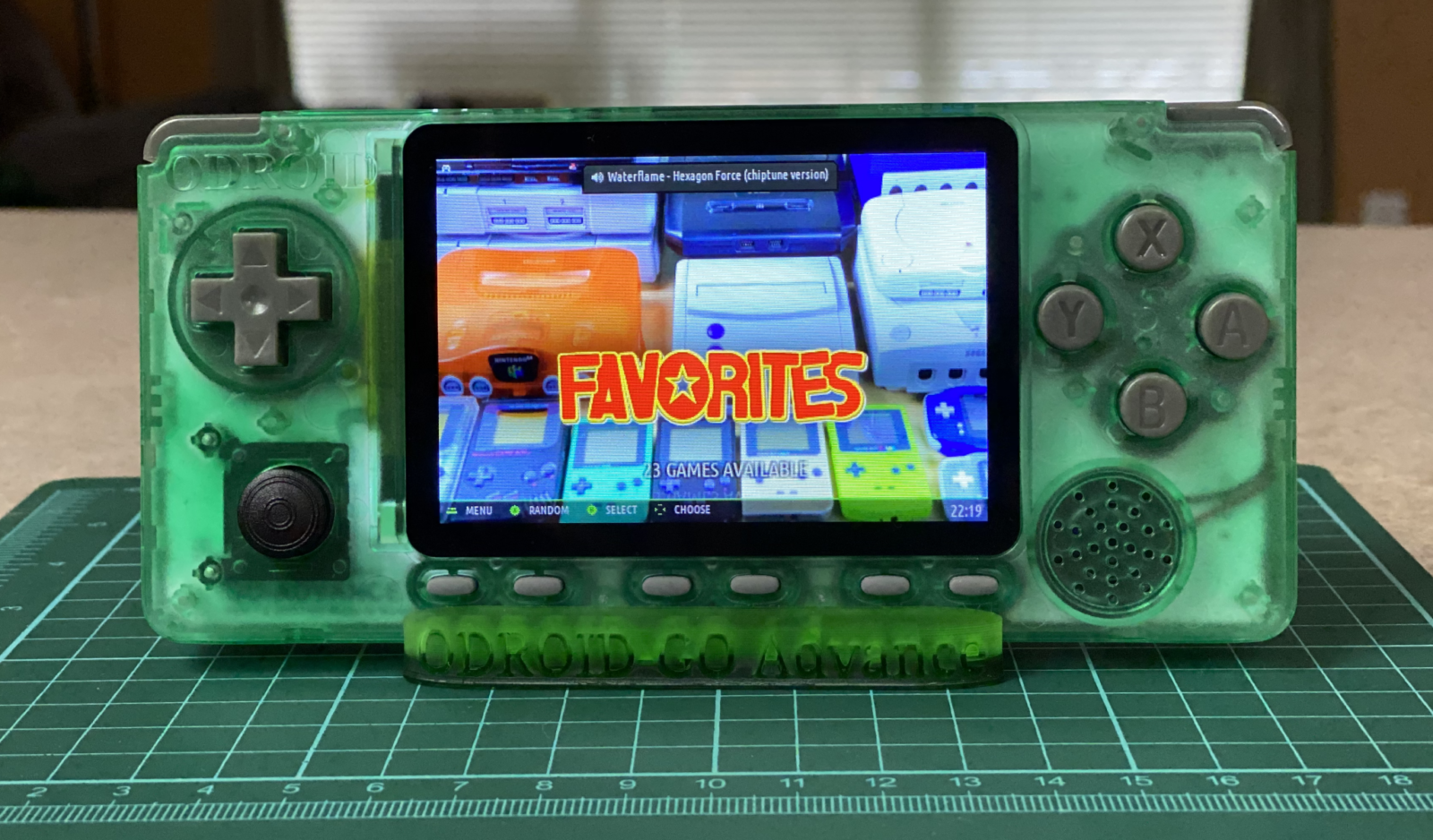
I’m a big fan and collector of handheld video game consoles. Everything from the original GameBoy to the Nintendo Switch.
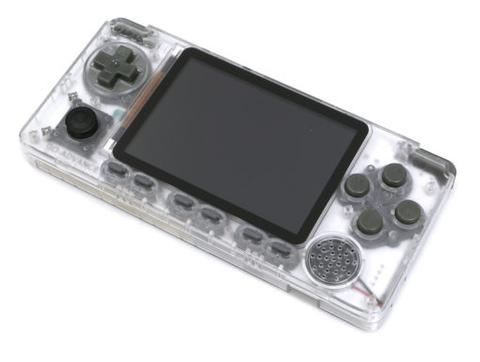
Lately, there has been an influx of options that let you emulate your favourite games from older consoles and even arcade machines in an inexpensive form factor.
HardKernal celebrated their 10 year anniversary last year with the ODroid-Go handheld device that resembled the original GameBoy in the form of a DIY kit you assemble yourself that sold for just $32US.
They are back this year with the ODroid-Go Advance kit which is a landscape version of their wildly popular portrait handheld with some powerful upgrades under the hood. These upgrades do come with a higher cost, but it still is a very reasonable $60US for a complete DIY kit that is easily assembled.
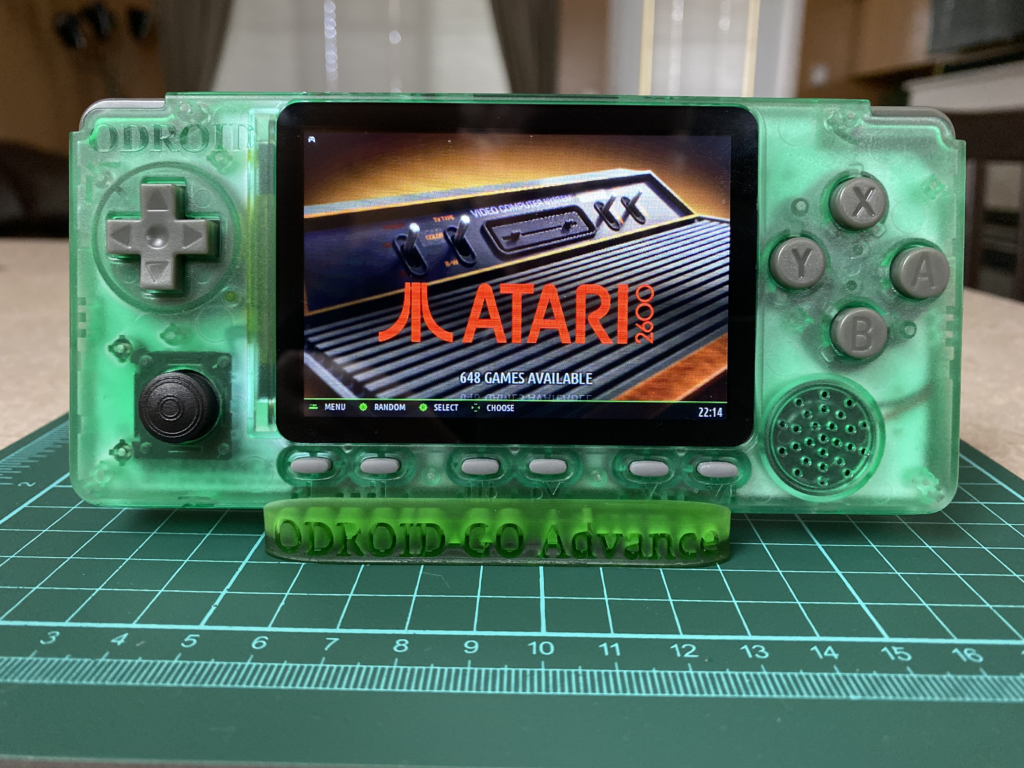
The biggest upgrade is a huge bump in the processing power compared to similar handhelds with the RockChip RK3326 (Quad-Core ARM Cortex-A35 1.3GHz) and 1gb of onboard memory. Compared to the ODroid-Go, which had an ESP32 chip running at around 80-240mhz, this is more like Raspberry Pi 4 speeds with the Advance. This allows the handheld to support some of the more advanced and recent console emulators like the N64, Playstation and even the Dreamcast which is amazing.
There are also more buttons along the bottom of the screen for things like volume and brightness controls, start and select. Shoulder buttons and an analog joystick round out the button lineup that includes a D-Pad and A/B/X/Y.
The addition of a USB port also allows you to use a wifi dongle to enable wireless updates and the adding of your games without having to connected to your computer. The full specs and details can be found on the wiki.


Another big update is the ability to choose the operating system used on the device which runs a variant of Linux. As of this writing there are three different options with more being worked on. I’m using Batacera and an image from ArcadePunks.com which has links to all the game packs and images in their download section.
Like last year, this new handheld is a DIY kit you assemble yourself. Don’t worry, there is no soldering involved, just connecting a few cables, installing buttons and joysticks, and ultimately closing up the electronics inside a transparent shell.
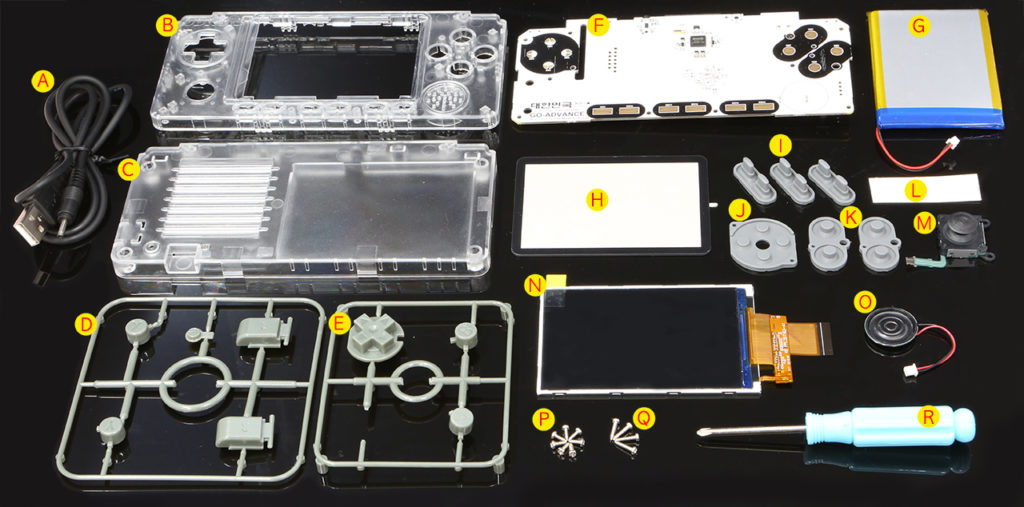
The only tool you need is a screwdriver which is included in the kit and all the gray parts easily snap out of their plastic holders. The trickiest part of the assembly is the LCD installation due to the tiny ribbon cable used as well as the tabs in the shell that it needs to be seated carefully into. It shouldn’t take more than 20 minutes to assemble the whole device. Just take your time and don’t force anything, especially the LCD screen which is very fragile.




Fortunately, HardKernel has an assembly video showing you the process.
Since the kit comes unassembled, you also have an opportunity to customize it before you assemble it. I painted the inside of my shell with translucent green polycarbonate paint from Tamiya which can be found at hobby stores and online but you can use any kind of paint. It’s important to mask off the front side of the shell to prevent overspray. I just taped it off with painters tape and gave each shell a few quick bursts of paint as I wanted it to remain translucent.




You also have the ability to change out the colour of the buttons and dpad. This kit uses the same size as a GameBoy Pocket of which can be found online (Amazon, eBay, etc.) and are fairly inexpensive. You will have to trim off a leg or two from those buttons to still fit inside the handheld but it doesn’t affect gameplay at all.
This is easily one of the fastest handhelds I used outside of the Nintendo Switch. Everything is fast, no lag or screen tearing which is common with under powered devices. It’s my first time using Batocera and I really like how it’s laid out and runs everything near perfectly. Loading screens cover the normal loading and config screens when booting into a game.
While it can run Dreamcast and N64 games, they aren’t quite as flawless as I was hoping but that could also be the early versions of the ported emulators for this new iteration handheld. They still run most games really well and certainly playable and this will only get better with more time and updates.
Let’s talk about what I didn’t like about this handheld.
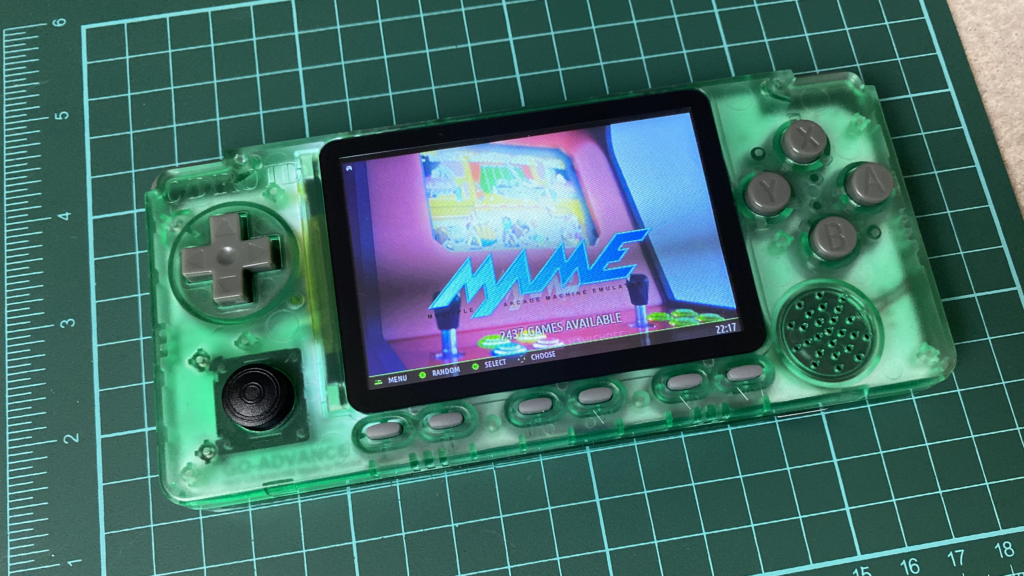
The above shouldn’t scare you away from picking up this device as it really is one of the best handhelds on the market right now when you factor cost, playability, modability and sheer power for running even the most taxing games and emulators.
I purchased my handheld from Ameridroid.com as they are based in North America and I was able to get a unit faster and cheaper than shipping direct.
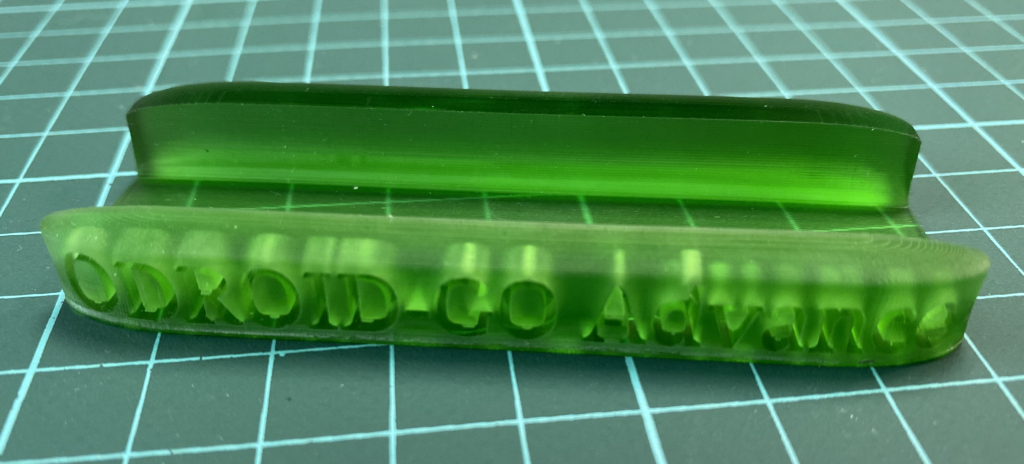
You may also notice that I have a stand for my Advance. It was 3D printed (in resin on my Anycubic Photon printer) from the model available here.
No sooner did we publish this than the next day, Hardkernel has announced an updated v1.1 of the hardware that literally addresses all my concerns. They’ve added wifi onboard, removed the weird DC plug and replaced it with USB-C for charging (only) and even added L2 & R2 shoulder buttons to make Playstation games easier to play. The shell is also available in some new colour options and the PCB is now black instead of white – unsure at this point if there is a better fit like I mentioned above.
The bad news is that the price will go up about $4us dollars but that’s a fair trade off for the new features. Read about these changes on their forum.

To ‘GetConnected’ to our newsletter, fill out the details and hit the ‘SUBSCRIBE’ button. We do require you to confirm your email.